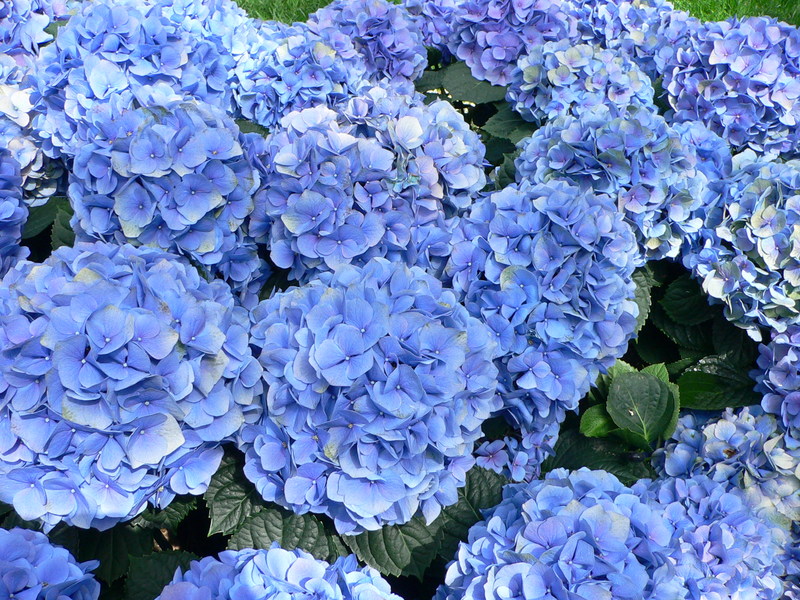Gardeners are ponderers by nature. Our minds can drift like wildflowers in a meadow, so while contemplating what colors to put in the garden one has to wonder, “Why do surgeons and many hospital staff wear blue or ‘cyan’ gowns?” With all of the bright operating room lights, cyan blue reflects less light than white, so cyan gowns cause less eye strain for the medical team. Because cyan complements the red color of blood, spots or stains show up as muted gray or black rather than shocking red on a white gown.
If you shift your gaze from red blood in an operation to the cyan gown, you do not see distracting after-images like you do when looking at red then a white gown.
It is even thought that blue cyan is a peaceful and relaxing color that causes less anxiety in patients.
The color cyan used to be made from cornflower petals and was known as cornflower blue.
Even the cornflower’s scientific name, Centaurea cyanus, harks back to the same root as cyan. Bachelor’s buttons are called cornflowers because they often grow in among the grain or corn of European fields.
A blue flower garden can be a fascinating challenge and a lot of fun. By choosing a single color, blue, you have the easiest color scheme. You can combine shades of blue to create a border or a bed.
One of the largest blue flowers is hydrangea (Hydrangea macrophylla). As a perennial shrub, hydrangeas can be the backbone of your blue garden.
Delphiniums (Delphinium grandiflorum) come in all shades of blue from light robin’s egg to deep, dark navy. Their tall flower spikes work well not only in the back of the border but as cut flowers in imposing table centerpieces.
Soft colors such as blue will make your garden feel larger, because the blue tricks your eyes into thinking the plants are farther away. You can capitalize on this effect by putting other, brighter colors such as reds and oranges closer to the front of the garden.
Forget-me-nots (Myosotis sp) are a free-growing tiny blue flower that spreads easily. An edible flowering herb such as borage, (Borago officinalis) is also a member of the forget-me-not family. Known for its medicinal properties, it is also of great use in the kitchen, where its delicate cucumber flavor lends itself to salads, cheese dishes, fish, poultry and pickles. Borage often self-sows in the garden, giving you years of bloom and herbal leaves from a single sowing,
The blue-flowered love in a mist (Nigella damascena) has finely feathered foliage that envelops the dainty blue flowers. Love in a mist will self sow and pop up all around your garden. It flowers over a long season and is also a charming cut flower.
The spikes of speedwell or veronica (Veronica longifolia) are great for borders or as clumps in the garden.
Finally, let your spirits lift from the balloon flower (Platycodon grandiflorus), whose pillowy blooms start out as puffs or balloons of blue.
So whether you are descended from royalty and therefore a blue blood or just want something as simple as blue jeans, plant an all-blue garden, and you just might chase away the blues.























































